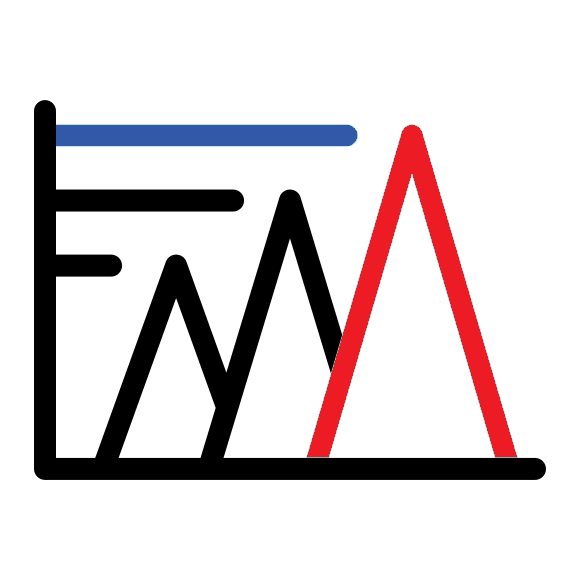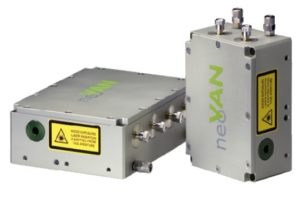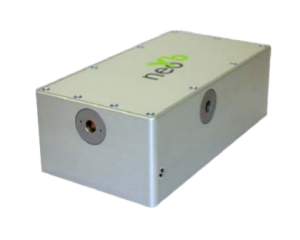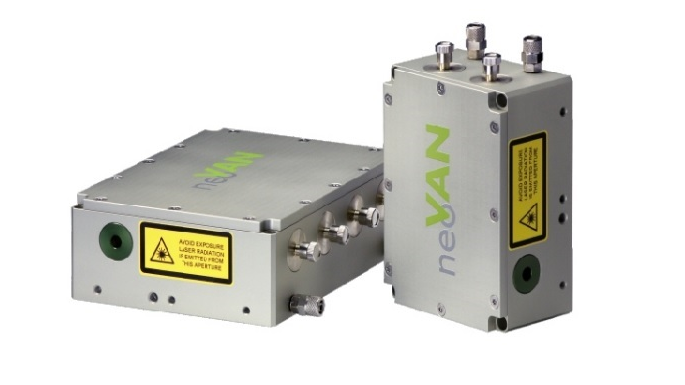DPSS Amplifiers
Precision Power Amplification
for High-Performance Applications
-
-
-
-
-
- Boost Power/Energy, Maintaining Your Laser’s Beam Properties
-
-
-
-
-
-
-
-
-
- Customizable Power & Energy – Robust Design with Easy Integration
-
-
-
-
-
-
-
-
-
- High-Quality, Reliability & Performance with Low Noise Amplification
-
-
-
-
The DPSS Amplifiers We Offer:

Boost Power/Energy, Retaining Your Laser’s Beam Properties
-
- Up to 100W output power, configured to your laser system & application requirements
- Maintain spectral, temporal & spatial properties of your source laser, boosting power/energy
- Cost-effective upgrades of laser machines, scientific lasers, or low-power oscillators

Customizable Power & Energy – Robust Design with Easy Integration
-
- Configurable to your requirements: Power, gain, pulse & more options
- CW or pulsed capabilities down to the femtosecond range
- Resilient, monolithic OEM design for seamless & flexible system integration

High-Quality, Reliability and Performance with Low Noise Amplification
-
- Robust devices w/ proven durability in various harsh environments
- Low noise amplification – Signal clarity for sensitive spectroscopy & LIDAR applications
- Flexible designs suitable for micromachining, gravitational wave detection & more
For nearly 30 years, RPMC has been a trusted provider of diode-pumped solid-state (DPSS) amplifiers, offering precision power amplification for a wide range of high-performance applications. Our ultra-compact, monolithic amplifier designs make integration seamless, providing cost-effective solutions for upgrading laser systems, from micromachining to advanced scientific research. With customizable power and energy levels, our DPSS amplifiers support high peak power and CPA-free amplification for bandwidth-limited pulses, delivering up to 100W output without complex compressors. Designed for reliability and beam quality, our amplifiers maintain the spectral and temporal properties of your laser while boosting power. Whether for industrial, scientific, or research environments, RPMC is your partner for ensuring long-term performance and success.
| Picture | Part Number | Wavelength (nm) | Description |
|---|---|---|---|

|
neoVAN | 1064 | DPSS Amplifier, CW to ps Pulsed, 1064 nm, 0-40 dBm input, 5-100 W output, up to 5 mJ |

|
neoYb | 1030 | DPSS Amplifier, CW to ps Pulsed, 1030 nm, 0-40 dBm input, 5-100 W output, up to 5mJ |

 SHIPS TODAY
SHIPS TODAY 

